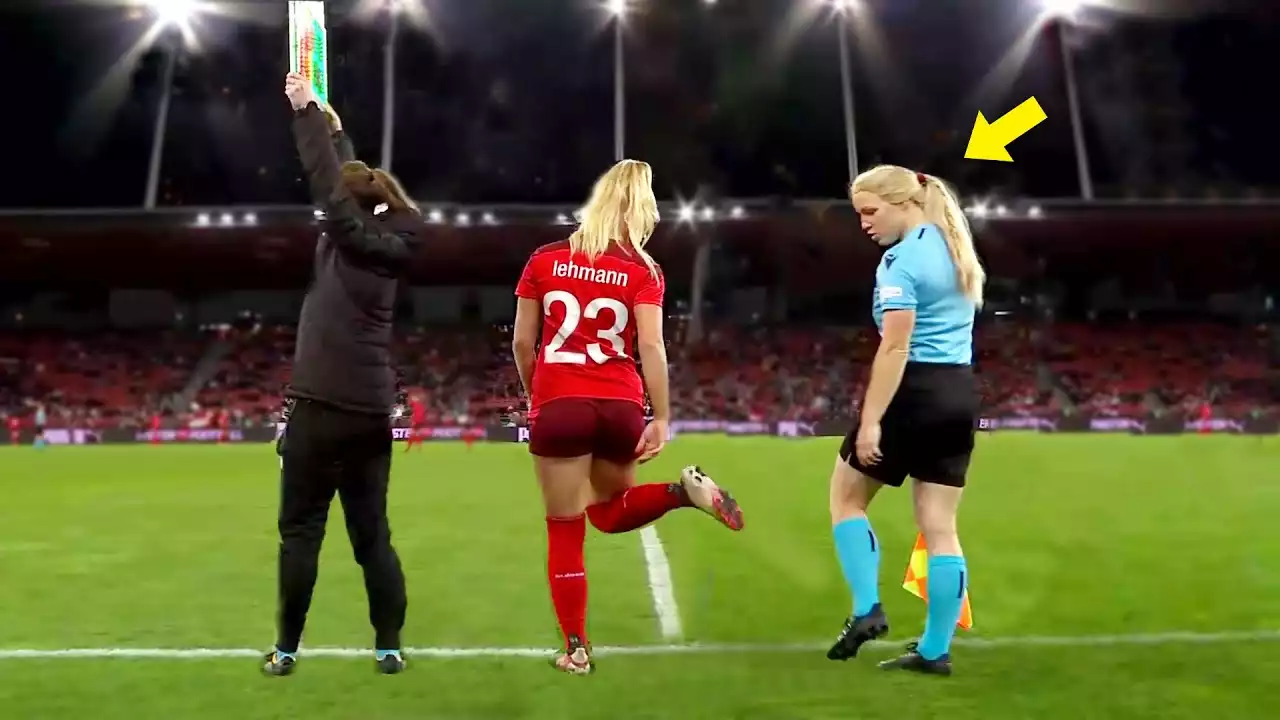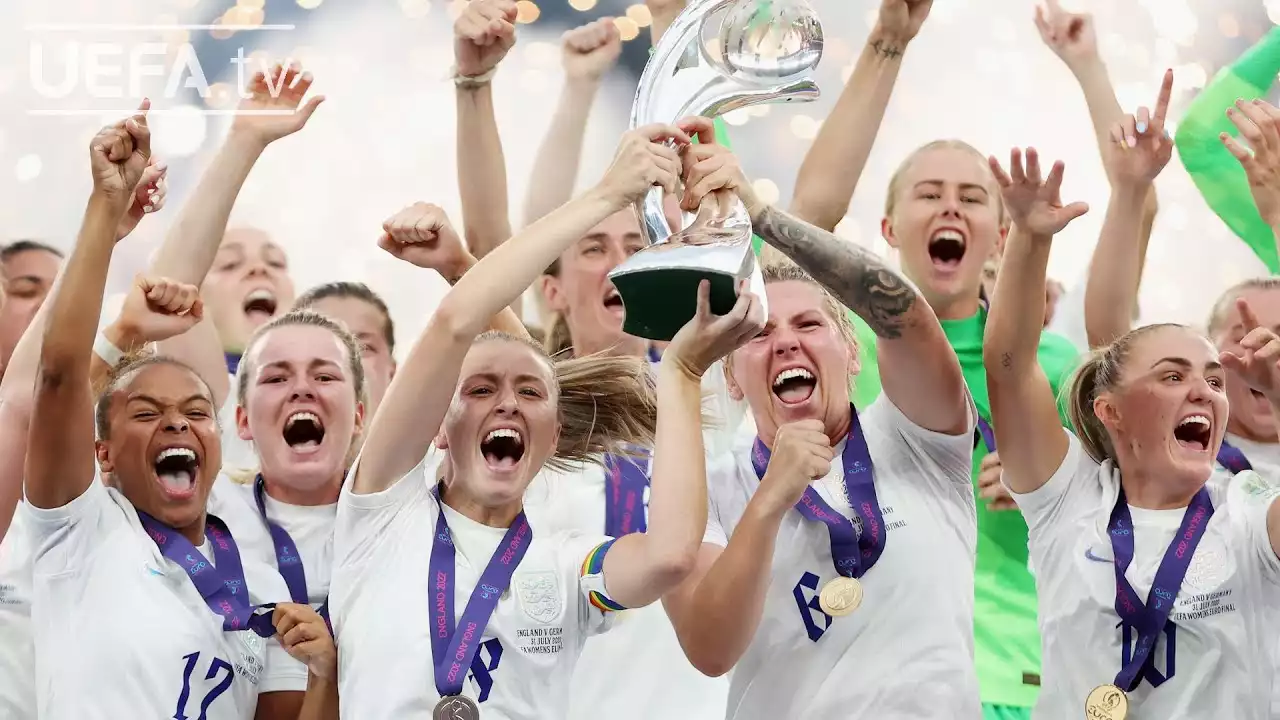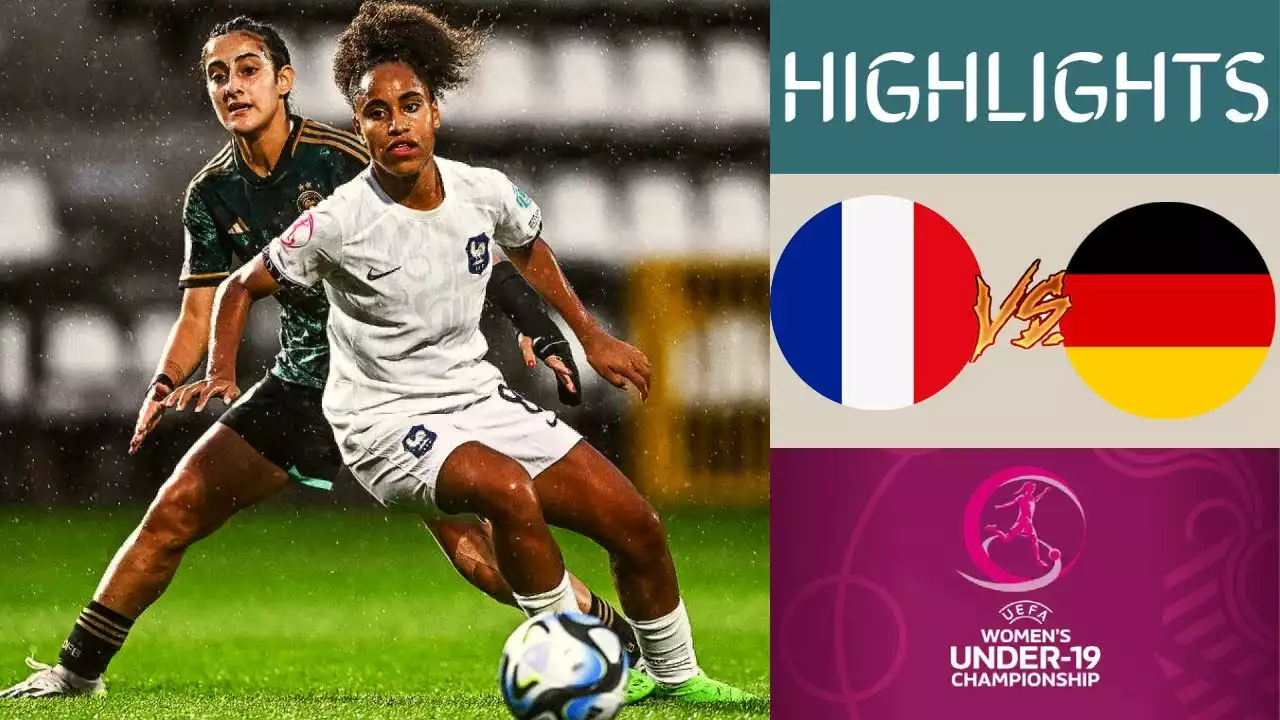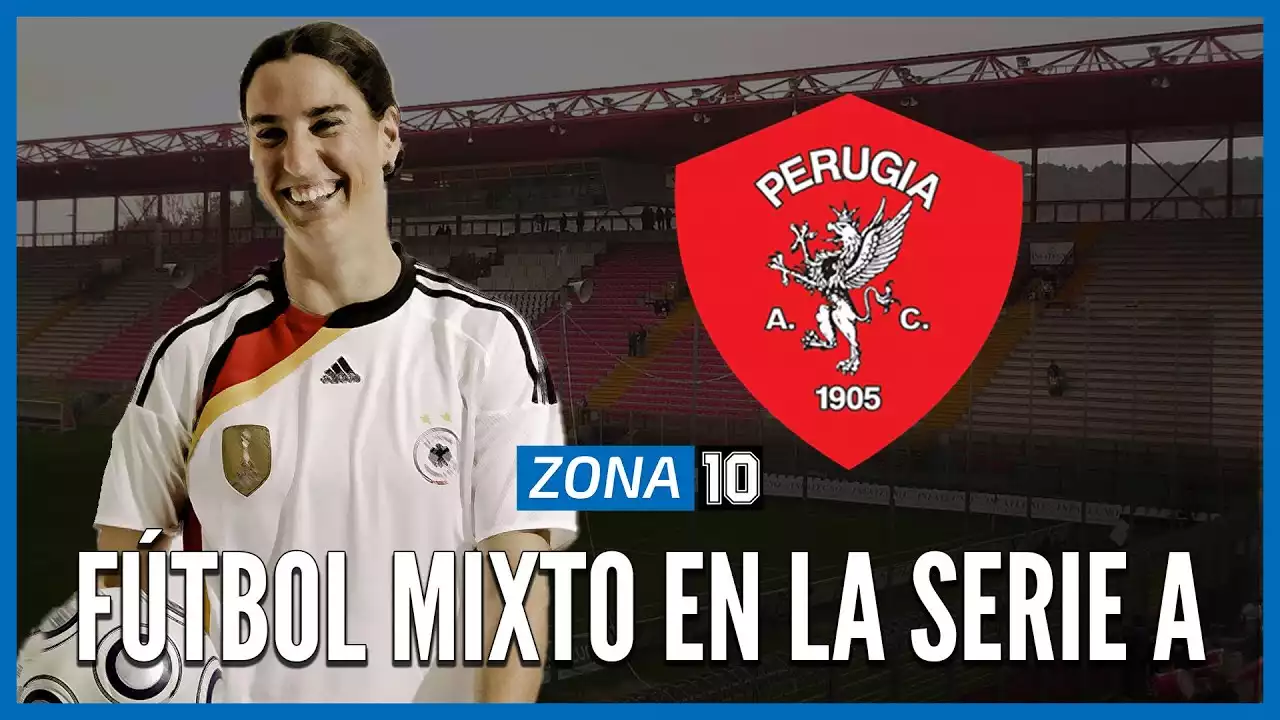Importance of Media Coverage in Sports Events
Media coverage plays a significant role in sports events, providing a platform for athletes to showcase their skills and achievements to a global audience. It allows fans to stay connected and engaged with their favorite sports and teams, creating a sense of community and excitement. In the case of women's football, media coverage is crucial in bridging the gap between perception and reality. By shining a spotlight on female athletes, the media challenges gender stereotypes and promotes equality in sports. This increased visibility not only inspires young girls to pursue football but also encourages greater investment and support in women's sports.
Furthermore, media coverage creates a narrative around sports events, building anticipation and driving engagement. Pre-match analysis, player interviews, and behind-the-scenes stories add depth and context to the tournament, making it more than just a series of matches. The media helps to build storylines, create rivalries, and generate excitement, capturing the attention of both dedicated football fans and casual viewers. This increased exposure leads to more conversations, higher attendance at games, and ultimately, a growth in interest and investment in women's football.
Impact of Media Coverage on the Growth of Women's Football
Media coverage has had a profound impact on the growth of women's football, transforming it from a niche sport to a global phenomenon. The increased visibility of female athletes through media platforms has helped break down barriers and challenge preconceived notions about women's capabilities in sports. By showcasing their skills, determination, and achievements, media coverage has played a crucial role in elevating women's football to new heights.
One of the significant impacts of media coverage is the inspiration it provides to young girls. By seeing women excel in football through various media channels, young girls are encouraged to pursue their dreams in the sport. Media coverage highlights the stories of triumph, dedication, and resilience, showing young girls that they too can achieve greatness in football. This inspiration leads to increased participation in the sport at grassroots levels, nurturing the talent pipeline and paving the way for future generations of female football stars.
Moreover, media coverage has helped to change public perception of women's football. By showcasing the technical ability, tactical prowess, and competitive spirit of female athletes, the media has challenged stereotypes and biases. This shift in perception has resulted in increased attendance at women's football matches, sponsorships from major brands, and greater investment in infrastructure and development programs. Media coverage has played a significant role in positioning women's football as a legitimate and exciting sport, deserving of equal recognition and support.
Media Coverage Strategies for the UEFA Women's Championship
To maximize the impact of media coverage for the UEFA Women's Championship, strategic planning and execution are essential. Here are some effective strategies that can be employed:
1. Comprehensive pre-match coverage: Building anticipation before the tournament starts is crucial. Media outlets should provide detailed analysis of teams, players, and key matchups to generate excitement and intrigue among fans. Pre-match interviews with players and coaches can provide insight into their preparation and mindset, creating compelling storylines for viewers to follow.
2. Live streaming and broadcast partnerships: Collaborating with television networks and online platforms to ensure extensive coverage of the tournament is vital. Live streaming matches on popular platforms and securing broadcasting rights with major networks will help reach a wider audience and increase viewership.
3. Engaging content formats: Utilizing various content formats, such as articles, videos, podcasts, and infographics, can cater to different audience preferences. In-depth features on players, behind-the-scenes documentaries, and interactive visualizations can captivate viewers and enhance their engagement with the tournament.
4. Social media amplification: Leveraging social media platforms is crucial for reaching a younger, tech-savvy audience. Creating engaging social media campaigns, sharing highlights, and encouraging user-generated content can foster a sense of community and generate buzz around the tournament.
5. Collaborating with influencers and celebrities: Partnering with influential individuals from the sports and entertainment industry can extend the reach and impact of media coverage. Influencers and celebrities can provide endorsements, participate in promotional campaigns, and share their enthusiasm for women's football with their large following.
6. Media partnerships and sponsorships: Collaborating with media outlets and securing sponsorships from brands that align with the values of women's football can provide additional resources for comprehensive coverage. Media partnerships can help increase visibility, while sponsorships can offer financial support for production and promotion.
Leveraging Social Media for Increased Media Coverage
Social media has revolutionized the way sports events are covered, providing instantaneous updates and real-time engagement with fans. For the UEFA Women's Championship, social media platforms can be leveraged to amplify media coverage and reach a wider audience. Here are some effective strategies for leveraging social media:
1. Live match updates: Providing live match updates through social media platforms allows fans to stay updated on the latest scores, goals, and key moments. This real-time engagement enhances the viewing experience and keeps fans connected to the tournament.
2. Exclusive behind-the-scenes content: Sharing behind-the-scenes footage, player interviews, and access to training sessions can create a sense of exclusivity and excitement. This type of content humanizes the athletes and provides fans with a unique perspective on the tournament.
3. User-generated content campaigns: Encouraging fans to share their experiences, photos, and reactions using specific hashtags can generate a sense of community and virality. User-generated content campaigns can help create a buzz around the tournament and extend its reach to new audiences.
4. Engaging contests and giveaways: Running contests and giveaways on social media platforms can increase engagement and followership. Offering exclusive merchandise, match tickets, or meet-and-greet opportunities as prizes can incentivize fans to actively participate and share their excitement about the tournament.
5. Collaborating with influencers and fan communities: Partnering with influencers and fan communities can help amplify the reach and impact of social media coverage. Influencers can create engaging content, share their experiences, and encourage their followers to join the conversation around the tournament.
Examples of Successful Media Coverage Campaigns for Women's Football
Several media coverage campaigns have successfully raised the profile of women's football and created a significant impact. Here are two notable examples:
1. The #WePlayStrong campaign: This campaign, launched by UEFA, aims to make football more accessible and appealing to young girls. It features a series of videos and social media content that highlights the skills and personalities of female footballers. The campaign has successfully reached millions of young girls and inspired them to get involved in football.
2. The BBC's coverage of the FIFA Women's World Cup: The BBC's coverage of the FIFA Women's World Cup in 2019 set a new standard for media coverage of women's football. With extensive live coverage, in-depth analysis, and compelling storytelling, the BBC engaged a wide audience and showcased the talent and dedication of female athletes. The coverage received widespread acclaim and contributed to the overall growth and popularity of the tournament.
Collaborating with Influencers and Celebrities for Media Coverage
Collaborating with influencers and celebrities can significantly enhance media coverage and increase its impact. These individuals have a large following and can help amplify the reach of media campaigns. By partnering with influencers and celebrities who are passionate about women's football, media coverage can tap into their influence and engage a broader audience. Influencers and celebrities can provide endorsements, participate in promotional campaigns, and share their enthusiasm for the tournament with their followers, thereby expanding the reach and impact of media coverage efforts.
Media Partnerships and Sponsorships for Increased Visibility
Media partnerships and sponsorships are crucial for ensuring comprehensive coverage and increasing visibility for the UEFA Women's Championship. Collaborating with media outlets and securing sponsorships from brands that align with the values and goals of women's football can provide additional resources and support for media coverage efforts. Media partnerships can help secure broadcasting rights, increase exposure through cross-promotion, and provide access to a wider audience. Sponsorships, on the other hand, can offer financial support for production and promotion, while also providing opportunities for brand integration and activation during the tournament.
Measuring the Success of Media Coverage Efforts
Measuring the success of media coverage efforts is essential to evaluate the impact and effectiveness of various strategies. Key performance indicators (KPIs) can be used to assess the reach, engagement, and overall impact of media coverage. Some common KPIs for media coverage of the UEFA Women's Championship may include:
1. Viewership and audience reach: Tracking the number of viewers, both on traditional television and digital platforms, provides insights into the overall reach of media coverage.
2. Social media engagement: Monitoring social media metrics, such as likes, shares, comments, and mentions, can help gauge the level of engagement and conversation around the tournament.
3. Website traffic and content consumption: Analyzing website traffic, page views, and time spent on specific content can indicate the level of interest and engagement with media coverage.
4. Media mentions and press coverage: Tracking media mentions and press coverage can provide an overview of the overall media landscape and the extent of coverage received.
By analyzing these metrics, media coverage efforts can be fine-tuned and optimized to maximize impact and engagement.
Future Prospects for the UEFA Women's Championship
As the UEFA Women's Championship continues to evolve and gain prominence, media coverage will undoubtedly play a crucial role in propelling it to unparalleled heights. The power of media platforms to amplify the message and engage a wide audience cannot be underestimated. Through comprehensive coverage, strategic partnerships, and innovative content formats, media coverage has the potential to shape perceptions, inspire young girls, and celebrate the remarkable achievements of female athletes.
Moving forward, it is essential for media organizations, football associations, and sponsors to continue investing in media coverage for women's football. By leveraging the power of social media, collaborating with influencers, and securing media partnerships and sponsorships, the UEFA Women's Championship can reach new heights of popularity and success. With each tournament, media coverage has the potential to break down barriers, challenge stereotypes, and establish women's football as a force to be reckoned with on the global stage. The future of the UEFA Women's Championship is bright, with media coverage serving as a driving force behind its growth and prosperity.






.png?size=50)


